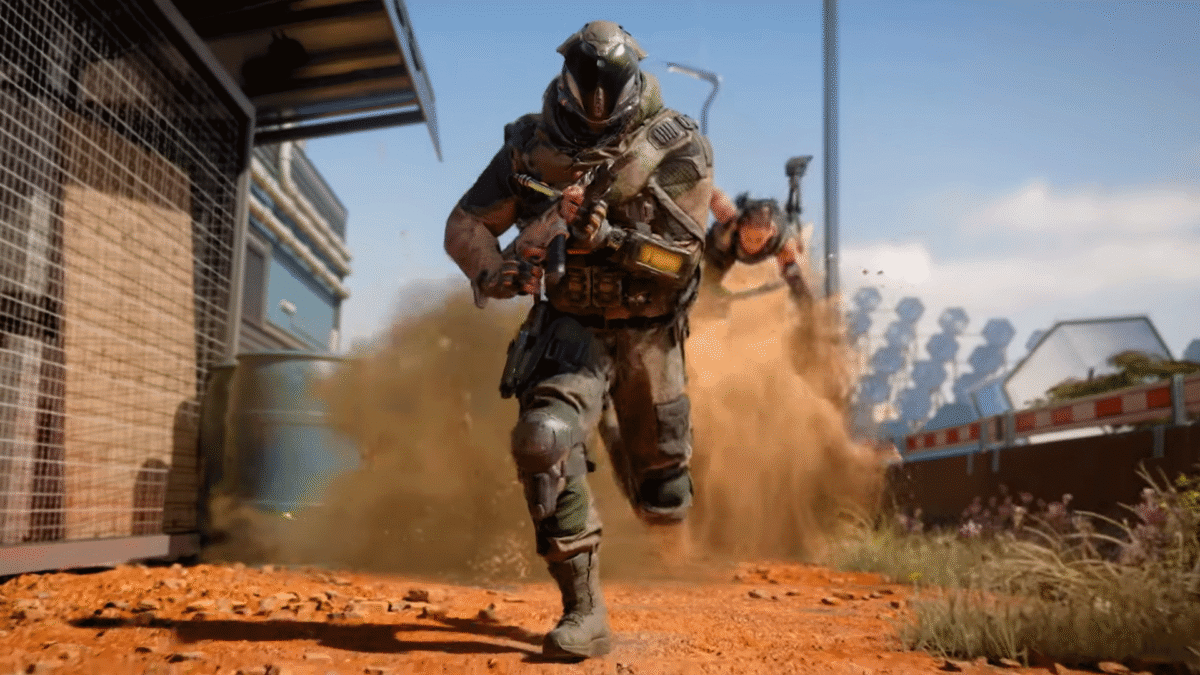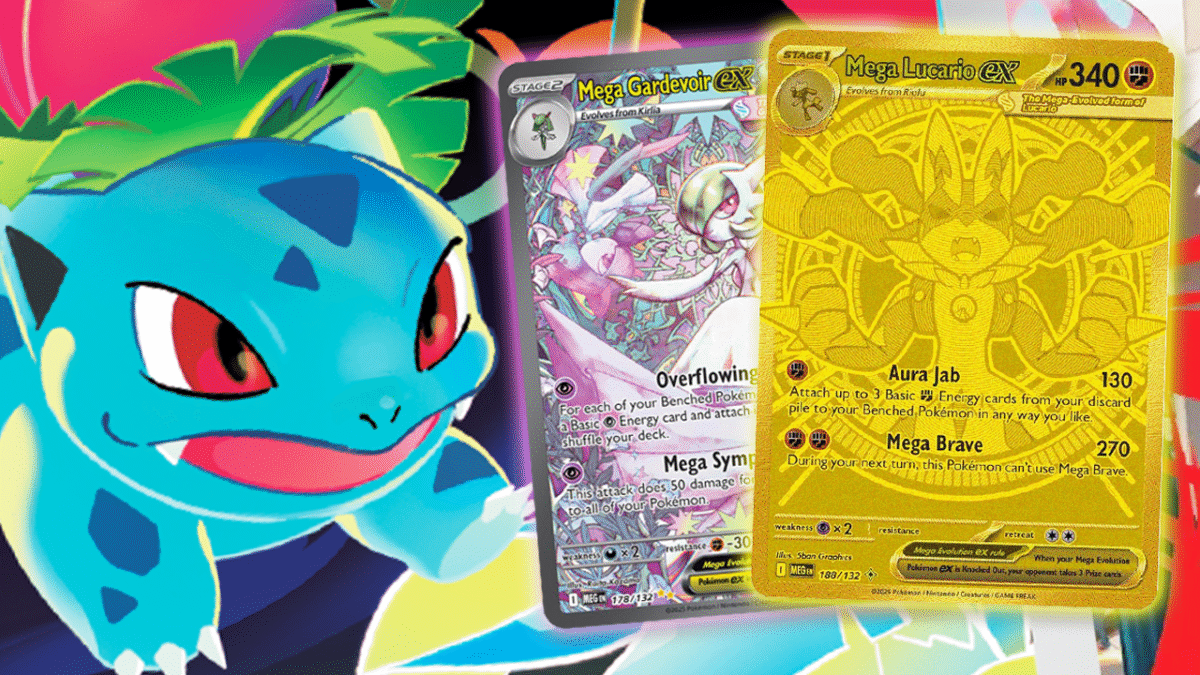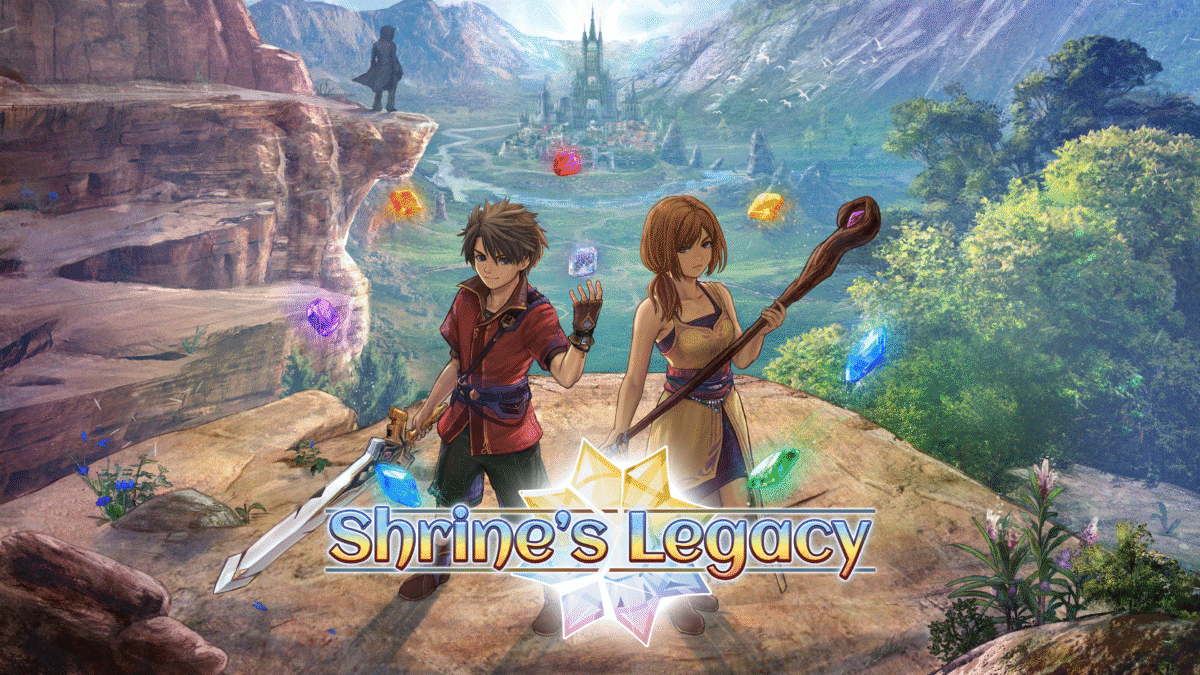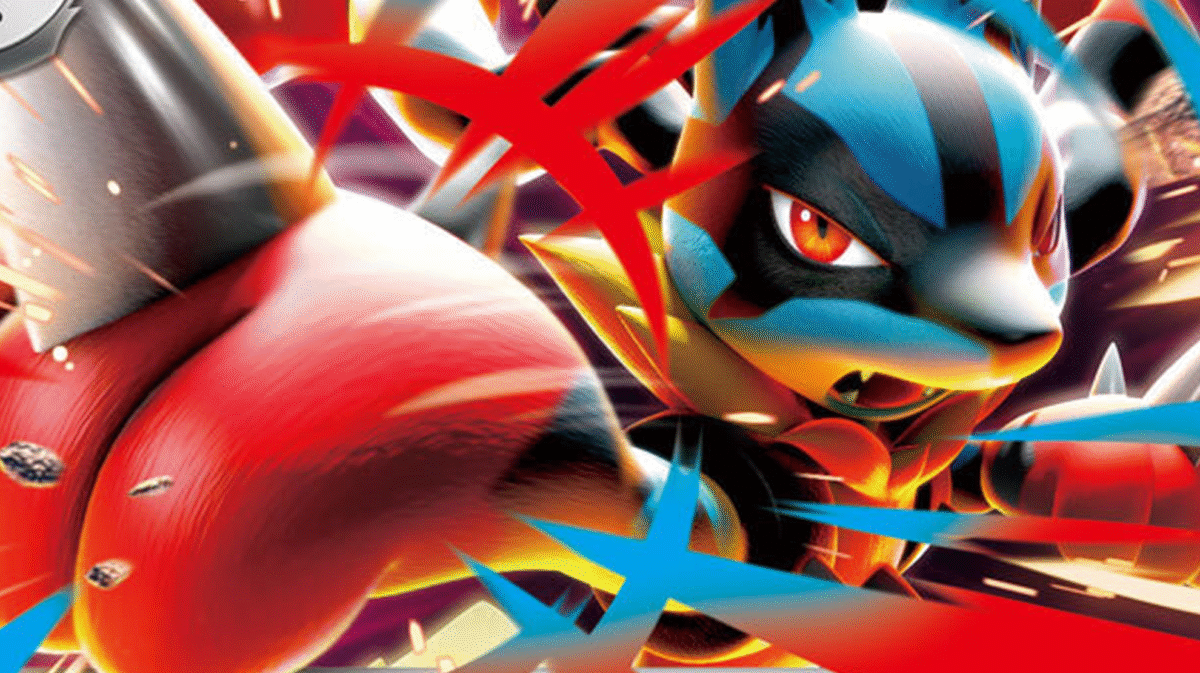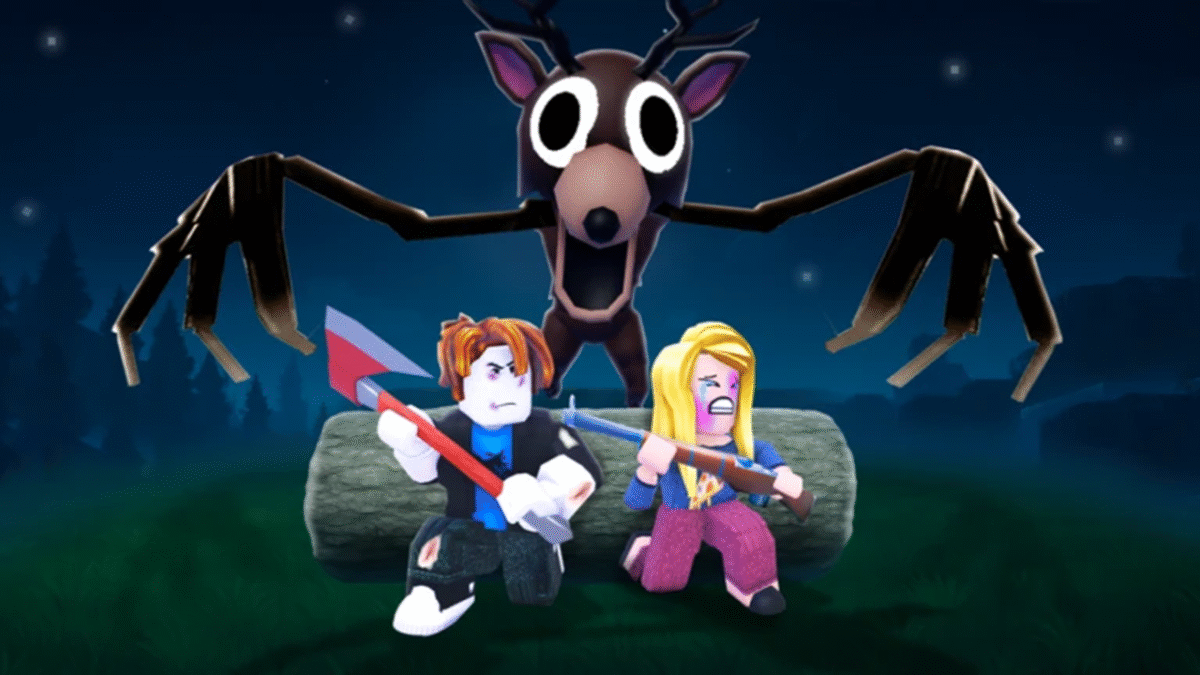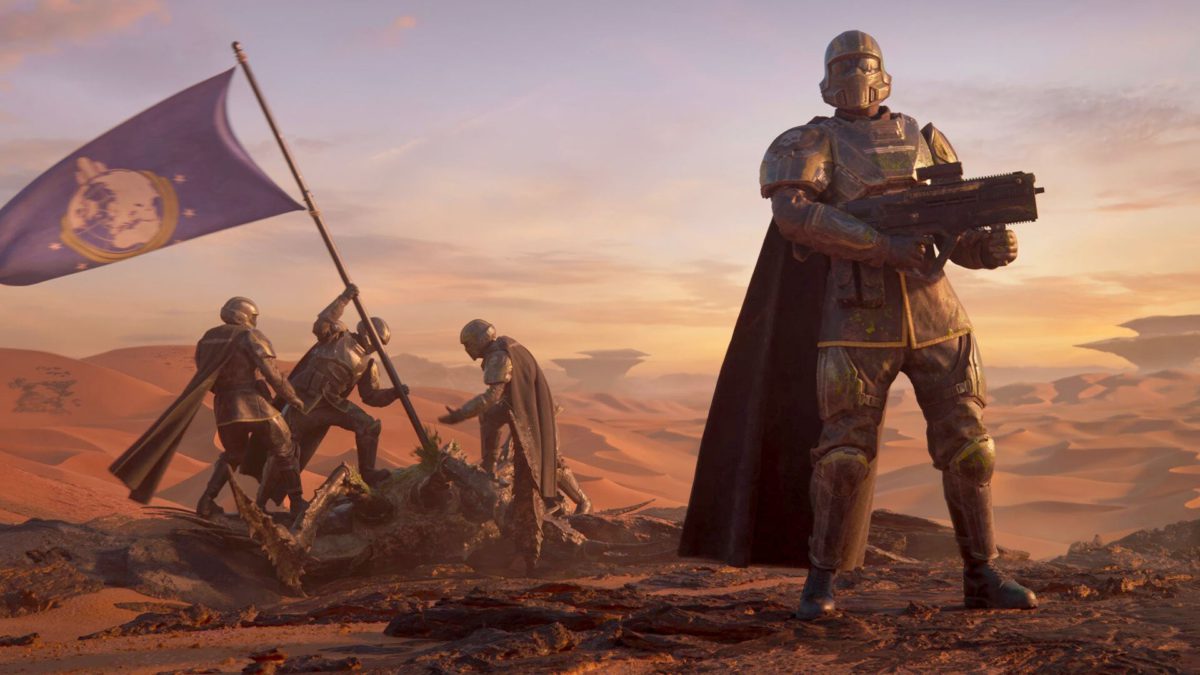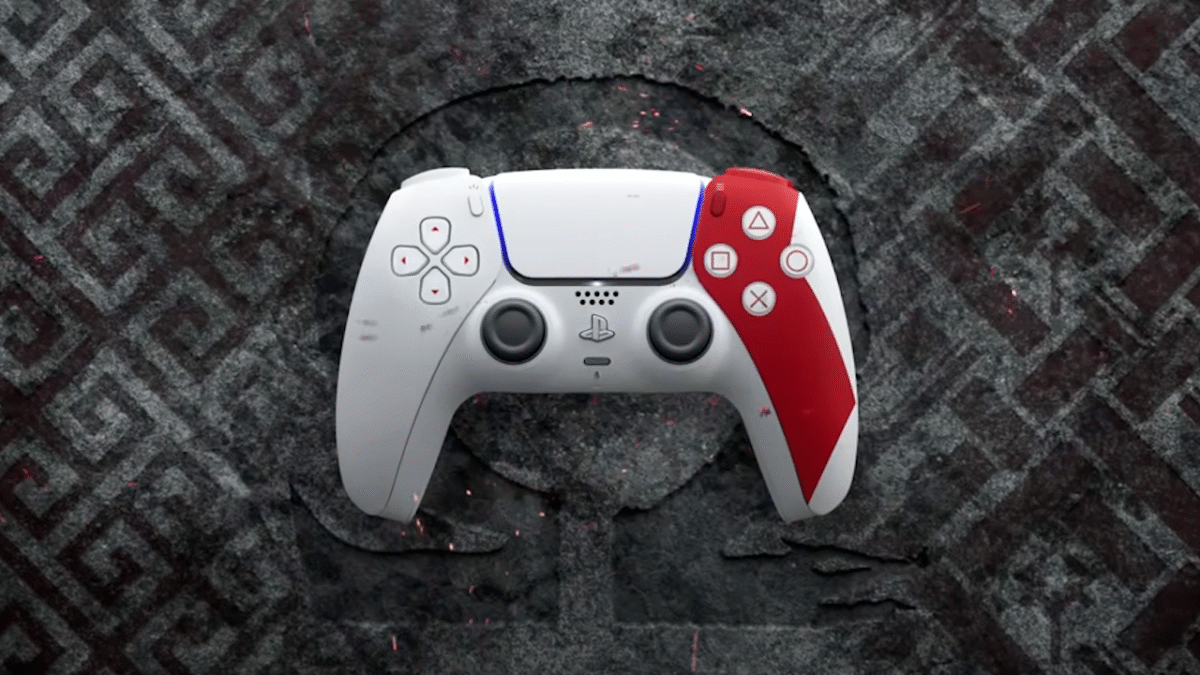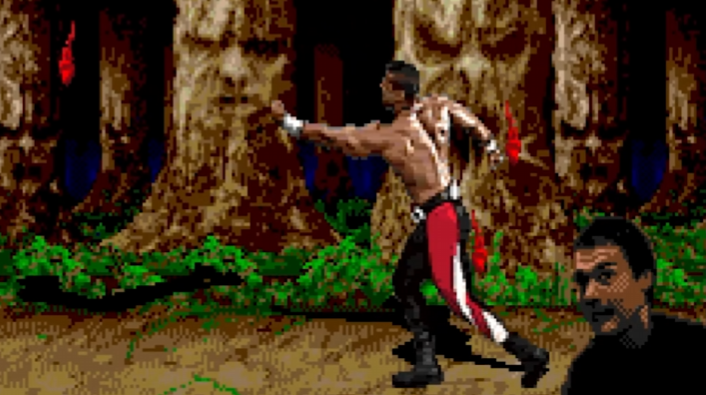
I look forward to the Call of Duty multiplayer beta each fall in the same way I look forward to the return of pumpkin spice lattes: I know exactly what I’m in for, and I always savor that first warm, familiar sip. This year’s closed beta is the blast of violent, nutmeg-infused flavor I’ve been looking for since that first northerly chill swept across the land, and while it definitely feels like the CoD I’ve come to expect, there are a few new features I’m already really enjoying and a few more I’m really looking forward to unlocking.
I installed the beta Thursday afternoon and had planned to play it well into the night, rallying my dedicated group of Call of Duty friends (the Beef Lords) to join in on the fun. In fact, playing with the boys is absolutely my favorite thing about CoD, and even a given year’s iteration is only so-so, we still have a good time together.
Sadly, and I can’t really fault it since this is a closed beta, every time I tried to squad up with my friends, I had a hard crash. In fact, it felt like I spent more time waiting for BLOPS7 to restart than I did in matches. That’s a huge bummer, because I just want to run around shooting strangers in the face with my bros. Eventually I was able to get into a few matches with one friends, and good old Call of Duty fun was had by all. It still crashed, but only after a few matches this time. I had initially planned to hit the level 20 cap last night, but with all the time I wasted rebooting not only the BLOPS7 beta but also my PC, I was only able to make it to level 14. I know. I’m not proud.
Crashing aside, and no surprise here, but I’ve had a blast with what I’ve been able to play so far. I mean, it’s Call of Duty, where the whole point is either to rack up as many kills as possible, or hold an objective… while also racking up as many kills as possible. I truly believe no one does it better than CoD, at least when it comes to gunplay. It’s razor-sharp every damn year. It works exactly how I want it to work, it feels exactly how I want it to feel. It’s as dependable as the sun rising in the east each morning.
Omnimovement, Omnimprovement
The biggest and most immediate changes this year are updates to the Omnimove system first introduced in last year’s Black Ops 6. If you’re not familiar, Omnimovement is a control mechanic that lets you perform John Woo-esque flights of gun-firing fancy, while also allowing you to move around more naturally when you’re on the ground. Previously, dropping prone would reduce your target size but would render your movement slow and cumbersome. Omnimovement lets you slide to prone and do sick dolphin dives, mantle walls, and look like an action movie star in everyone else’s clips, firing your weapon with 360-degrees of aiming movement while on your back.
This year’s Omnimovement system adds wall running and wall jumping to your arsenal. It basically lets you hop around the map like Jiminy Cricket, as you can chain up to three wall jumps together. It’s really fun, though I haven’t really used it tactically so far. Mostly I’m flying off walls just because it feels awesome, and if I happen to get the literal drop on an enemy, all the better.
It also makes moving around the map faster and gives you an advantage over mantling. When you mantle a ledge, your arms can’t be used to shooting, on account of them being used to pull you up and onto that ledge. On top of that, it’s kind of slow, and an opponent can use this to their advantage. You’re basically a sitting duck until you get your feet all the way up, and those few moments can be the difference between life and death… well, usually death and a different kind of death.
Wall jumps change that, because rather than mantle over a ledge in the traditional way, you can just bounce off the wall and make your way to the top without using your arms. You never have to put away your weapon – heck, you don’t even need to stop firing your weapon. It takes away that moment of complete vulnerability, and as long as there’s a wall nearby and the next level up is reachable within three jumps, you can parkour your way to victory.
It’s easier said than done, mind you, and I’m not yet skilled enough to consistently hit shots when I’m going up or down from a wall jump. But it’s still fun as hell, and might be my favorite addition to BLOPS7 so far.
BLOPS7 Beta Maps
There are three maps in the closed beta: Cortex, The Forge, and Exposure. They’re fine. They’re not bad maps by any means, and I do like playing on them, but nothing about them really stands out to me in the way some of the maps from BLOPS6 did, either. Last year’s Rewind map, with its super long corridors and building interiors, was one of my favorites, as was Skyline, with its secret passageway, various hiding spots, and multiple levels.
Then again, the maps in last year’s beta were even worse (I’m looking at you, Babylon), so the middling nature of these is probably not an indication of overall quality.
Cortex is probably my favorite of the three this year just because it has everything I like in a map: outside lanes with the possibility of falling to your death, tight interiors to come face-to-face with opps, as well as medium-length interiors and exteriors that work well with LMGs, SMGs, and assault rifles. It lends itself really well to deathmatch and objective-based modes. Plus it has some sweet sci-fi incubator tanks where I presume the super soldiers of tomorrow are being grown from the cells of past heroes.
Exposure is a larger map, and has a lot of cool opportunities to really feel out the wall jumping and running. There’s a dangling shipping container on the map that might as well have a Wile E. Coyote-esque sign on it saying “WALL JUMP HERE.” Meanwhile, The Forge is pretty big, but it doesn’t really have any super long, open lanes for snipers to trade lead back and forth. That’s not to say there aren’t some great opportunities to do just that, but it doesn’t have the same feel as last year’s Rewind, with its back alley and strip mall-front.
The Forge might not be my favorite map of the three, but it does have one of my favorite environmental features so far: a spinning, four-piece circular wall in the center of the map. During modes like hardpoint, the hardpoint will spawn in that area and people take turns either hiding behind or popping out from those spinning walls. It adds an extra layer of unpredictability when you’re trying to hold an objective that I really like. You can’t just lay prone with a sniper and peek around a corner, because the corner moves. That being said, there are a pair of lookouts on either side, so you can keep watch of the objective or just pick people off as they try to bumrush it. It’s great. Even in deathmatch or Kill Confirmed it’s fun, but it’s really cool for Hardpoint and Domination.
According to the official BLOPS7 blog, there’s a fourth map, Imprint. Either I’ve just had terrible RNG luck or they haven’t actually turned that one on yet, because I haven’t seen it so far. I’m going to play the hell out of BLOPS7 over the weekend, so that could change.
Guns and Guns
Once you unlock all the level requirements, there are a total of 16 available guns. Right now, and I hope Treyarch is reading this, the M10 Breacher, the default shotgun, is stupidly overpowered. You can nail enemies from way farther away than the laws of physics should allow right out of the gate, and they’ll fall down dead when you do so. You barely need to aim it to get a kill across a large room. That sort of shotgun behavior is fine, even expected, at close range, or when you’ve leveled up and thrown a bunch of attachments on it. But as a default gun, it’s just too powerful.
On the flip side, and this is something I never expected I’d say, but the XR-3 ION sniper rifle is exactly where it should be, power wise. Usually I feel like sniper rifles lean toward being way too OP. Don’t get me wrong, I still hate snipers, and I still think people who use snipers on small maps are weak and their bloodlines are weak. But when you get a kill with the XR-3 it feels earned. There’s a level of finesse here I’m not accustomed to with previous sniper rifle iterations, and I’ve actually used it without feeling like a dirty sniperboy.
I’ve always loved SMGs in Call of Duty, but none of the three available this year are doing it for me as of yet. They feel a tad too weak, which is usually the case, but it’s generally made up for by a high rate of fire and lighting-fast speed of handling. I’m going to have to wait and see on the SMGs until progress is fully unlocked, but for right now, they don’t feel quite like they should, as if it takes one or two bullets more than I’d expect to down an opponent. I also don’t love the LMG, the Mk. 78. Similarly to the SMGs, it feels like it takes a millisecond or two too long to effectively down an enemy. I’m going to need more time with that one as well to see how it ends up running when it’s fully kitted out, but for right now I’m not feeling it at all.
The Assault Rifles this year are, much like last year, where it’s at. While in previous years I ran with SMGs or LMGs, in BLOPS6 I fell madly in love with my XM4 assault rifle. This year I’ve been grinding on the M15 MOD 0, but I’m a level away from unlocking the Peacekeeper Mk.1 in the beta, which might be the best weapon in multiplayer, hands down. At Call of Duty Next, it felt like everyone was using it, so I’m excited to try it out again from the comfort of my own desk.
I’ve got an entire weekend with the closed beta, and I plan to hit that level cap and unlock as much as it will let me. The open beta next week will let you grind to level 30, and the best part is all your progress will carry over to the final game. I’m hoping CoD keeps to its promises, because the new features sound pretty sick: trading loadouts with friends and even copying them from enemies who killed you, XP carrying across all modes instead of on a per-mode basis, and the ability to re-roll the daily challenges, which I love. Also, the final game promises some of the sweetest gun camos yet, and I’m really excited to spend hours and hours of time I’ll never get back just so I can have a gun that’s all shiny. Until then, I’m really enjoying BLOPS7, and I’ll be back with a full review around launch.
Seth Macy is Senior Social Commerce Producer, and just wants to be your friend. You can find him online.

